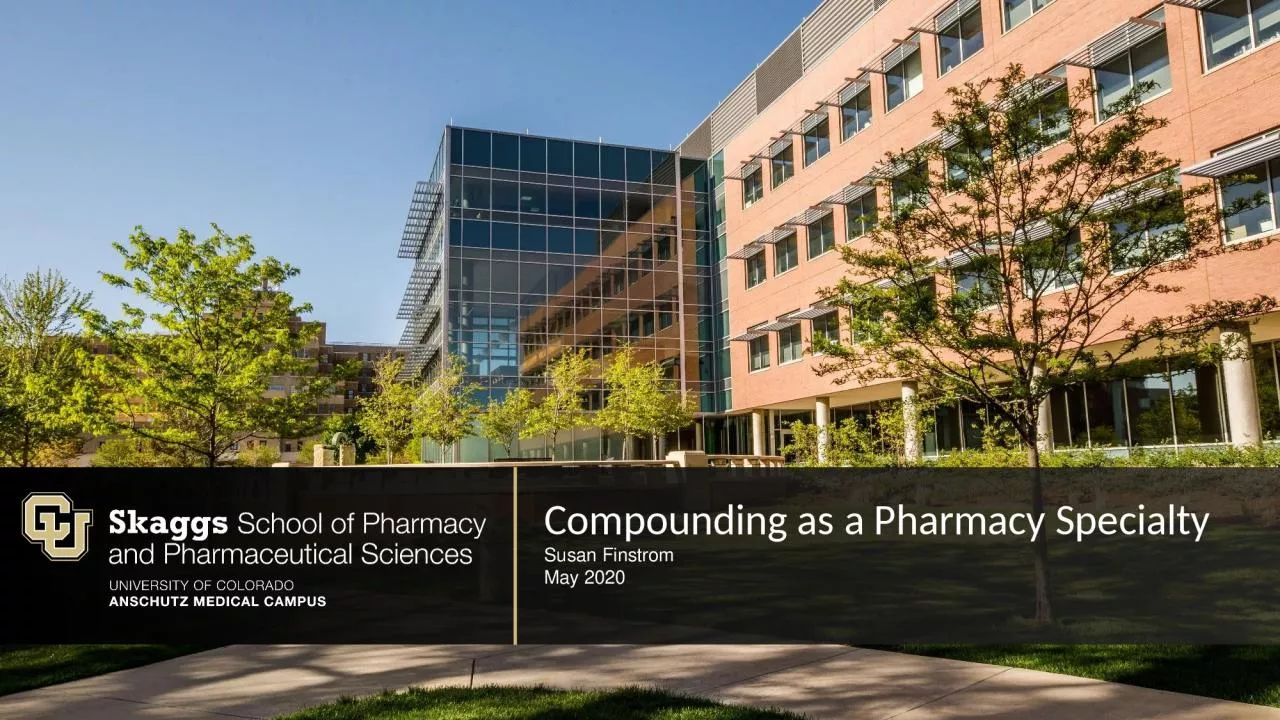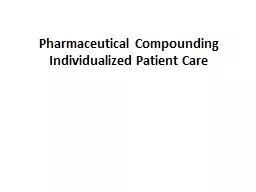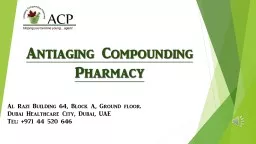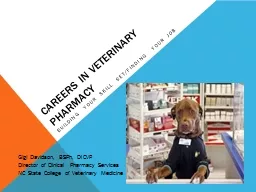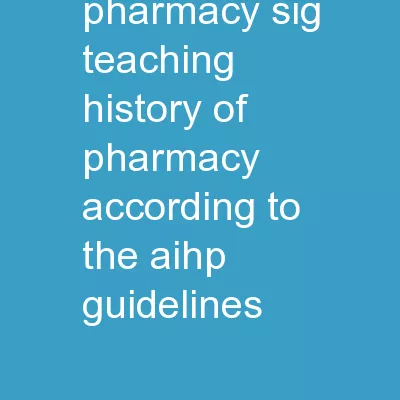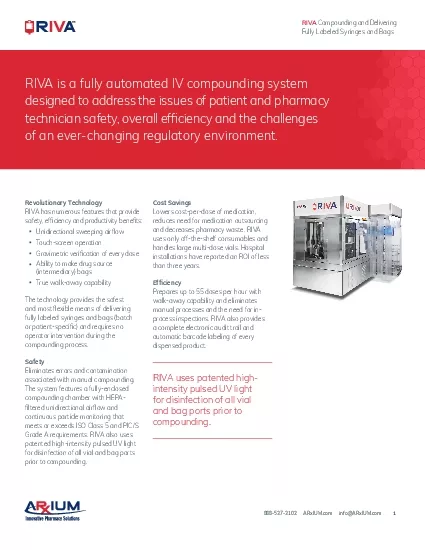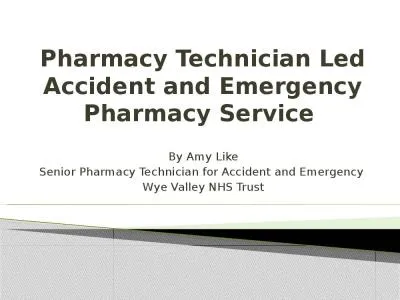PPT-Compounding as a Pharmacy
Author : isabella2 | Published Date : 2023-07-26
Specialty Susan Finstrom May 2020 Learning Objectives After this presentation you should be able to answer these questions Why is compounding an essential part of
Presentation Embed Code
Download Presentation
Download Presentation The PPT/PDF document "Compounding as a Pharmacy" is the property of its rightful owner. Permission is granted to download and print the materials on this website for personal, non-commercial use only, and to display it on your personal computer provided you do not modify the materials and that you retain all copyright notices contained in the materials. By downloading content from our website, you accept the terms of this agreement.
Compounding as a Pharmacy: Transcript
Download Rules Of Document
"Compounding as a Pharmacy"The content belongs to its owner. You may download and print it for personal use, without modification, and keep all copyright notices. By downloading, you agree to these terms.
Related Documents

